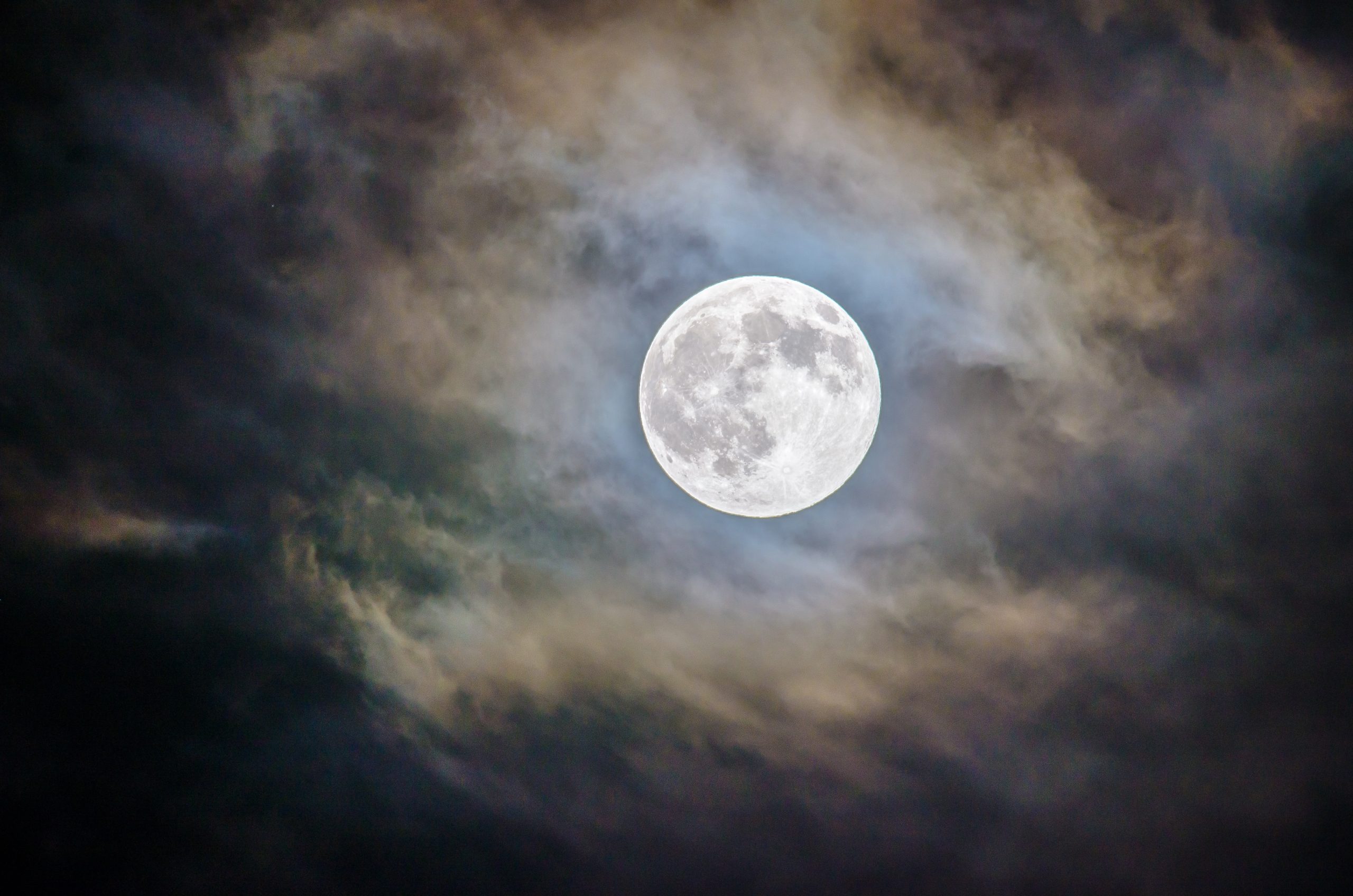Exploring the Wonders of the Crescent Moon
When we gaze up at the night sky, one of the most enchanting sights we often behold is the delicate sliver of light known as the crescent moon. Its elegant beauty has captivated humans for centuries, inspiring awe and wonder. In this blog post, we will dive deep into the fascinating world of the crescent moon, exploring its characteristics, origins, and significance. Join us on this celestial journey as we unravel the secrets of this celestial phenomenon.
Understanding the Crescent Moon
The crescent moon, as the name suggests, resembles the shape of a slender curve or a sliver of light. It occurs during specific phases of the moon’s lunar cycle, when the illuminated portion looks like a narrow crescent or sickle. This captivating phenomenon arises from the interplay between the positions of the sun, the moon, and the Earth.
To understand the formation of the crescent moon, it is essential to grasp the concept of lunar phases. The moon orbits the Earth, and as it does so, different portions of its surface become illuminated by the sun’s rays, resulting in the familiar cycle of moon phases we observe from Earth. From new moon to full moon and back to new moon, the moon passes through various phases, including the beloved crescent phase.
The Phases of the Crescent Moon
When the moon moves between the Earth and the sun, aligning in such a way that the side facing us receives no sunlight, we witness the phase known as the new moon. As the moon continues its journey around the Earth, sunlight gradually starts to illuminate a small part of its surface. This illumination gradually increases, giving birth to the crescent moon phase.
During the waxing crescent phase, the crescent starts on the right side (in the Northern Hemisphere) and expands towards the left, growing more prominent each night. As the sun sets, and darkness descends, the crescent moon appears like a radiant jewel adorning the night sky.
As the days progress, the illuminated portion of the crescent moon grows wider, gradually transforming into the first quarter moon. Eventually, it reaches the gibbous phase, which occurs when more than half of the moon’s surface is visible from Earth. From here, it continues to wax until it reaches its full moon phase.
After the full moon, the moon begins to wane, and we once again witness the crescent phase. However, this time, the crescent appears on the left side (in the Northern Hemisphere) as it gradually recedes towards the right. Finally, the illuminated portion of the moon continues to diminish until it reaches the new moon phase, restarting the lunar cycle.
The Science Behind the Crescent Moon
Now that we have a basic understanding of the crescent moon’s phases, let’s delve into the scientific principles that govern its formation. The moon, an astronomical body, neither emits its own light nor possesses a solid surface. Instead, it reflects the sun’s light, and the visibility of the moon from Earth depends on the angle between the sun, Earth, and the moon.
During a new moon, the sun and moon align, with the sun illuminating the far side of the moon. Consequently, we observe a dark silhouette, effectively rendering the moon invisible from Earth. As the moon orbits the Earth, it gradually begins to move away from the sun’s position, resulting in an ever-increasing illuminated section visible from Earth. This illuminated portion takes on the form of a crescent, captivating observers across the globe.
The crescent moon phase occurs when the line connecting the sun and the moon forms a small angle, usually less than 45 degrees, with the line connecting the moon and Earth. The exact angle between the sun and the moon determines the thickness and visibility of the crescent. Consequently, when the angle becomes wider, the crescent becomes thicker and more visible.
The Cultural Significance of the Crescent Moon
Beyond its captivating scientific aspects, the crescent moon holds profound cultural and symbolic significance in various civilizations throughout history. Its ethereal beauty has left an indelible mark on human culture, frequently associated with mysticism, spirituality, and the cycle of life.
In many ancient cultures, the crescent moon was closely linked to deities and goddesses associated with fertility, femininity, and magic. The moon’s cyclical nature, mirroring the rhythms of life and nature, made it a potent symbol of rebirth and regeneration. Moreover, the waxing and waning crescents were often connected with the ebb and flow of the tides, further deepening its association with the intricate tapestry of life.
Throughout history, the crescent moon has also been adopted as a prominent symbol in religion and politics. It adorns flags, architecture, and religious insignia, representing everything from cosmic harmony to divine protection. Moreover, the presence of the crescent moon in calendars has helped humans track time, organize rituals, and navigate the seasons.
Final Thoughts
The crescent moon, with its mesmerizing sliver of light, continues to captivate humanity throughout the ages. Its celestial dance in the sky serves as a reminder of the interconnectedness of the universe and the cyclical wonders of life. Whether you interpret it through a scientific lens or appreciate its cultural significance, the crescent moon stands as a testament to the enduring fascination we have with the cosmos.
So, next time you find yourself gazing up at the night sky, take a moment to cherish the delicate beauty of the crescent moon. Allow it to ignite your imagination, spark your curiosity, and remind you of our place in this magnificent vastness we call the universe.
Table of Contents
